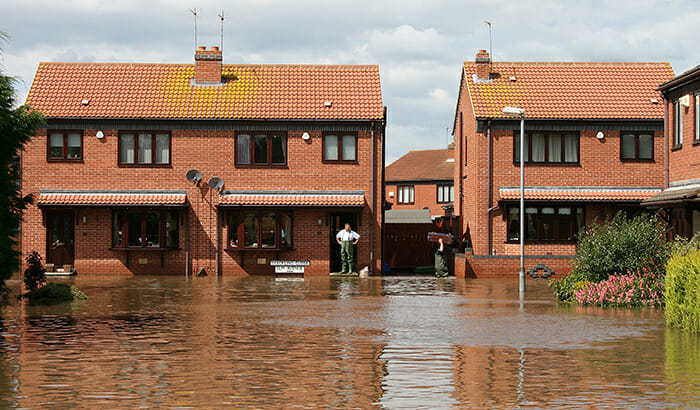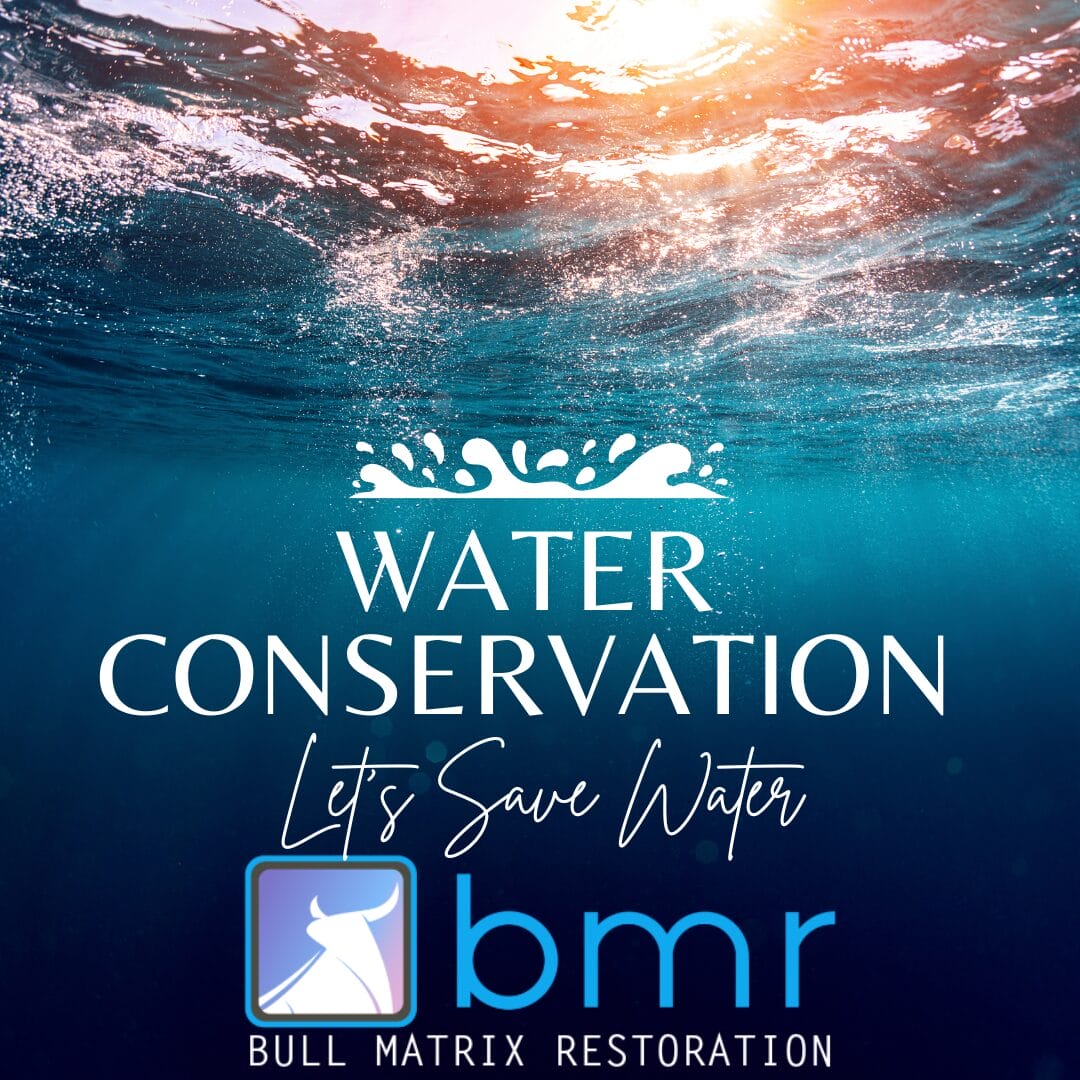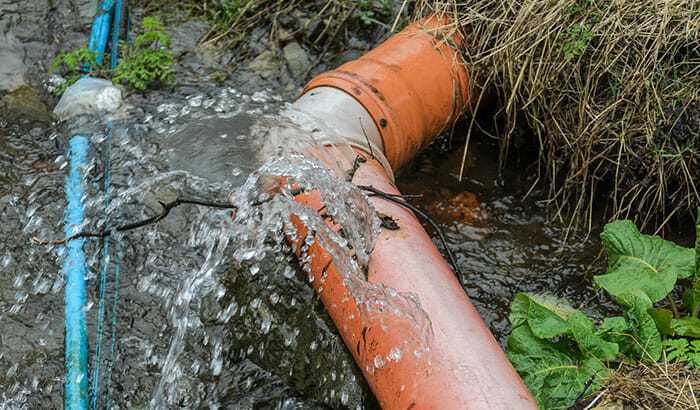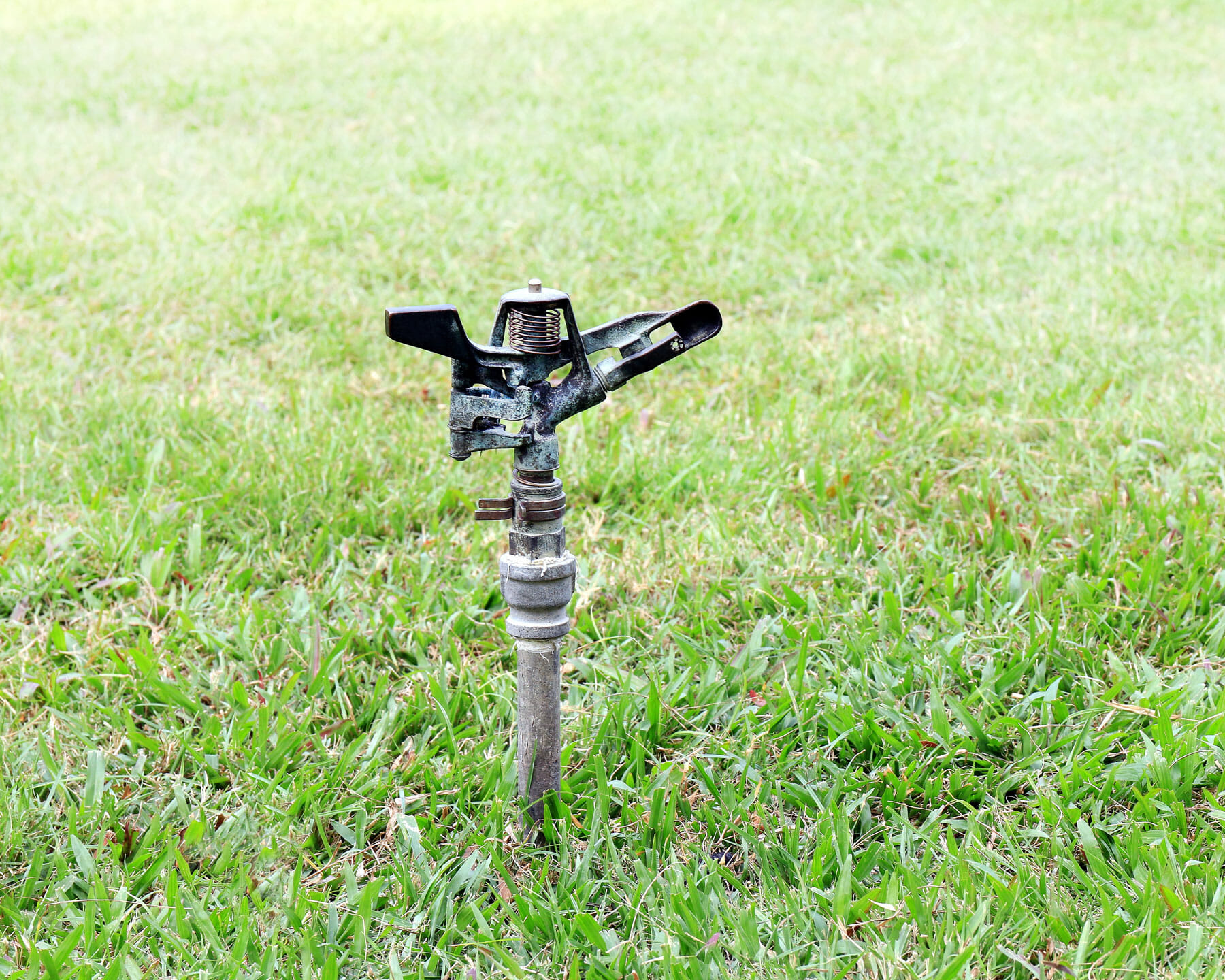Natural forces and in-home accidents can both cause flood damage in a home.
Should you be worried about either of these in your area? Some regions and locations are more prone to one type of damage than others. Knowing what your home is in danger of can help you take preventative action to keep your home and belongings safe.
Here are some things you should know about natural and in-home flooding.
Natural Flooding
If you live near a water source or in an area with a lot of rainfall, your home could be in danger of flooding.
Natural floods usually occur in three different ways:
- Overflowing river.
- Excessive rainfall.
- Storm surge.
Here is what you should know about each.
River floods
Most river floods are isolated in the region directly neighboring a river. Not every river can cause widespread damage you occasionally see on the news. Generally, the larger the river, the more damage its flooding may cause.
Flooding rivers are typically caused when sources up the watershed put more water in the river than usual. The rivers that flow from mountainous or northern regions will usually swell and flood during the spring when winter ice begins to melt.
The chances of your home flooding are higher if the terrain near the river is flat. Once water overflows past the bank can quickly flood the surrounding area, causing widespread damage.
Flash floods
Large volumes of water falling in a short period can cause flash floods. These floods are known for their sudden appearance, fast-moving water, and destructive power.
Flash floods can occur almost anywhere. They can overwhelm local drainage systems turning neighborhood streets into raging rivers.
Storm Surge
Storm surge occurs when high winds from an off-shore storm blow water inland.
Like flooding rivers, the local geography and volume of water or, in this case, the strength of the storm’s winds determine the extent of the expected damage. Areas near the shoreline on lower-laying land are in danger of damage from storm surges.
Year by year, sea level rise increases the coastal flooding occurring annually. Be aware of how local conditions affect your property if you live in a coastal region.
Flood Damage in a Home
Natural disasters get a lot of attention due to their rarity and their widespread destruction. In spite of this, flooding caused by things in the home is far more common than a natural disaster.
Most homes are flooded by broken pipes or old equipment. Here are some things you should be aware of in your home.
Hose Bibb
Most homes have one or two pipes leading outdoors. These pipes connect to hoses and other external water appliances.
These pipes can cause problems during the winter and spring in colder regions. It is essential to drain this pipe and remove your hose and other attachments before the weather drops into freezing temperatures. Without taking these precautions, you risk flooding your basement.
Water expands when it freezes. This is why colder climates have so many problems in colder weather. Water trapped in pipes exposed to freezing temperatures will freeze and expand, pushing the limits of its container.
If you do not drain the pipes leading outdoors before the winter comes, you’ll likely have too much water in them, risking ice forming, expanding, and bursting your pipes.
The problems won’t come when your pipes burst under the stress of the ice; they will come as winter changes to spring and ice begins to melt.
Hose bibbs usually burst an indoor section of your pipes; this causes water to cascade into the area near your hose bibb, generally in the basement. You can avoid this by properly preparing your home for the winter.
Clogged drains
Flooded homes caused by clogged drains are more common across all climates.
Water damage coming from a clogged drain happens just as you would expect. Something down the sewage line blocks water and waste from adequately draining. When this happens, wastewater can start backing up into your home from other drains, like toilets, shower drains, or sinks.
This type of flood is particularly hazardous because it can contain human waste and other biohazards. You can keep your home safe from this waste if you are conscious about the things you flush and put down the drain.
Damaged foundation
One less common source of flooding comes from a damaged foundation. You are not likely to notice this type of problem except during storms or in areas with a high water table.
A foundation leak will likely be much less dramatic than other types of flooding. While you will still have water to clean up, it will likely be much less than a busted pipe.
Having a smaller leak may lead to other problems. Smaller leaks are less likely to be noticed, which may give them time to foster the growth of mold and other hazards.
Routinely check your basement for areas that look damaged and get them fixed as fast as possible.
Broken Appliances
The average home usually has a few appliances that use water. These include washing machines, dishwashers, water heaters, water softeners, and sometimes refrigerators.
As these appliances are used, connecting parts may start to wear down. Avoid this by frequently checking your appliances for leaks, worn areas, or pieces that look like they have a buildup of hard water deposit.
Other Broken Pipes
Your home is full of pipes. Most pipes and appliances will last you decades without giving you problems. But, every once in a while, something will start to leak or bust.
This get’s more common as your home ages. Ensure your pipes get an upgrade every decade or two to prevent any significant problems that come with an aging home.
Do You Have a Disaster? Bull Matrix Restoration Has a Solution
Flood damage in a home can happen at any time. Predicting what will happen is impossible, and you may face an unexpected catastrophe.
You’re in good hands with us! We have someone waiting to help 24/7. No matter what your disaster is or when it happens, we will be there to help.
Contact us now for help cleaning up!




